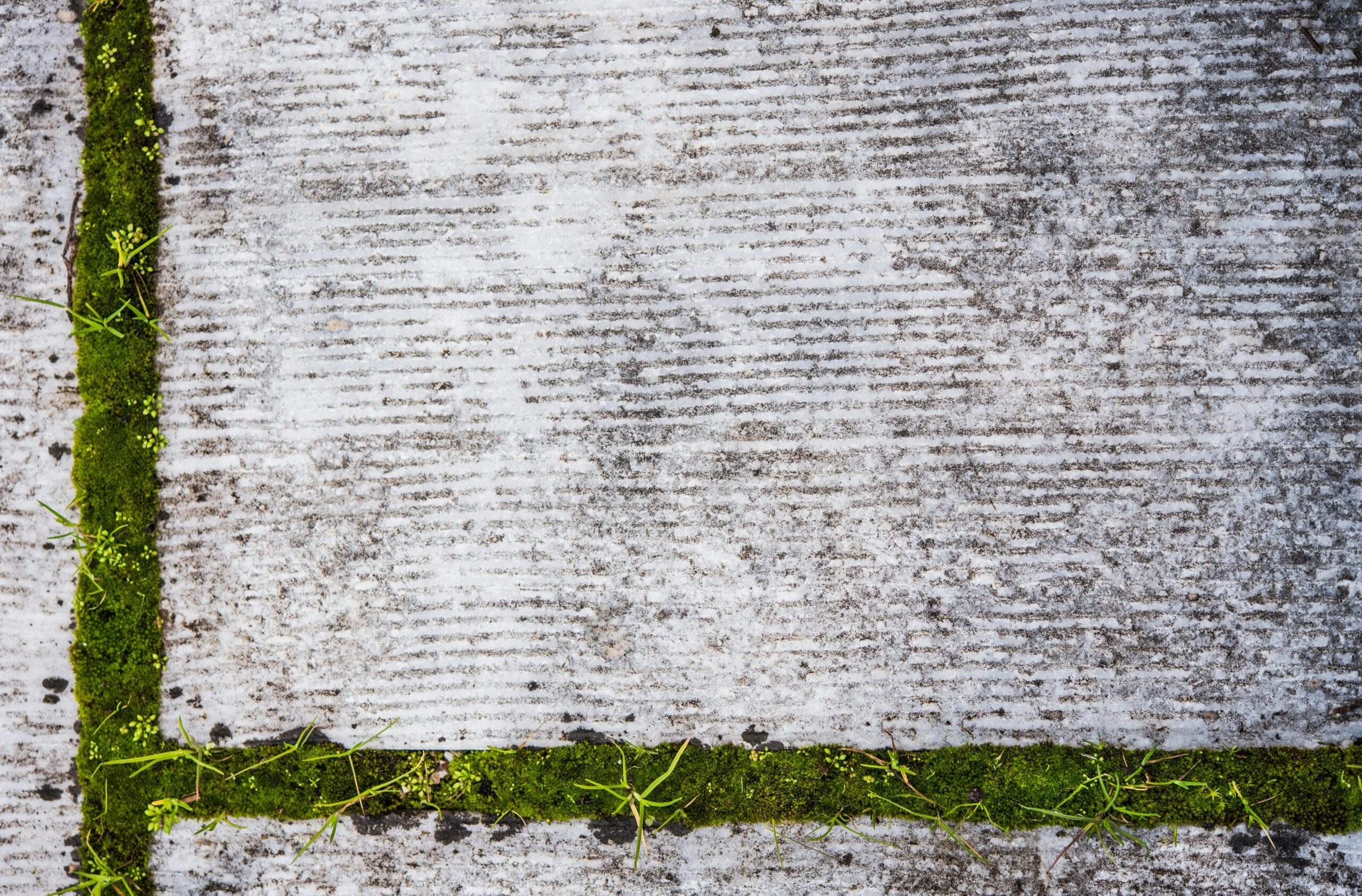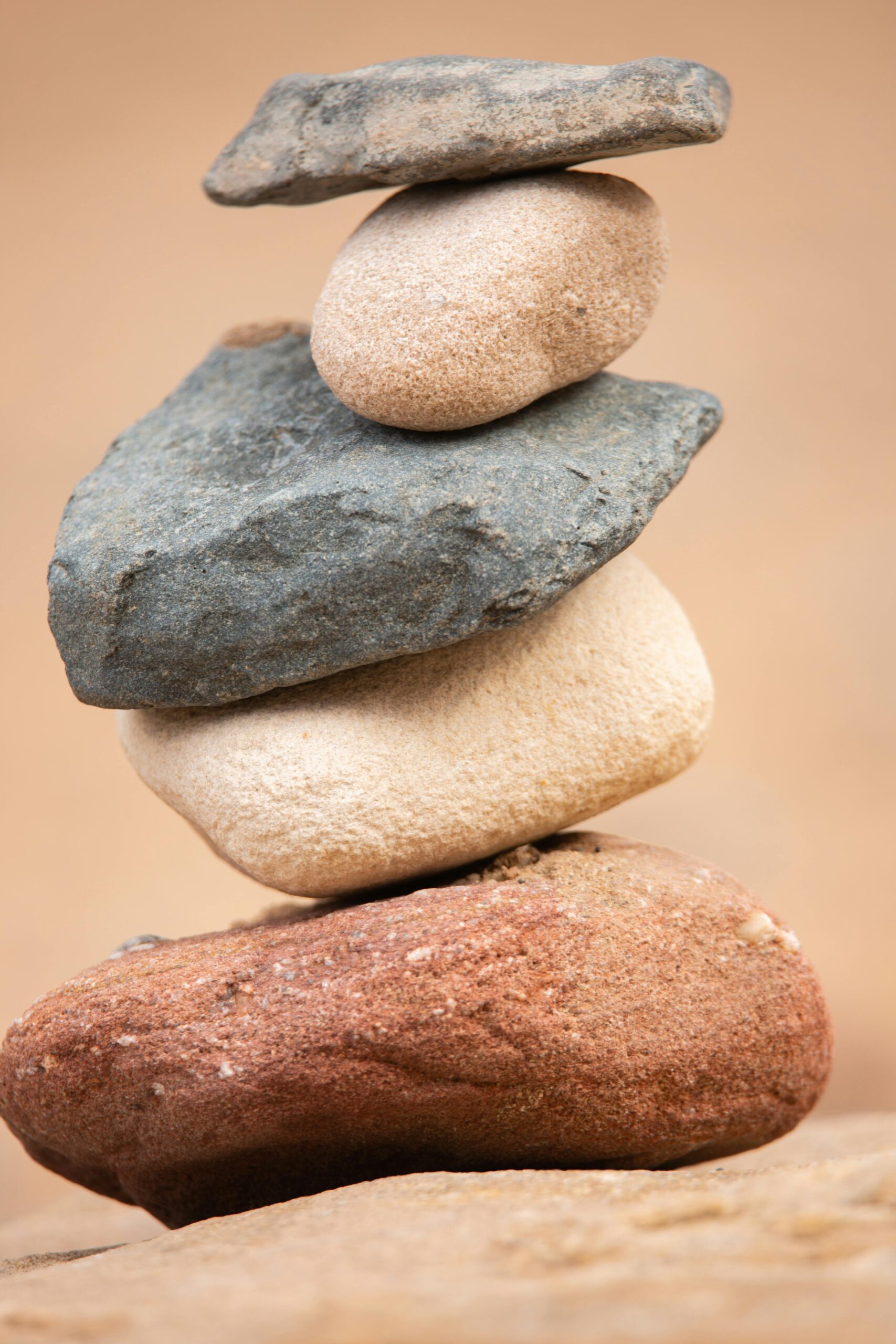Introducing the Hakomi Method
Have you ever had an experience so formative that its impact can still be felt today? For me, that occurred in 2019 during a Yoga for Stress and Anxiety weekend workshop. I didn’t know at the time that my life was beginning to unfold in a direction that has led me here now, typing these words. It was then that I learned about the Hakomi Method.
Discovering Hakomi
The trainer of the workshop was a kind and gentle psychologist in his early forties. He had a profoundly warm and genuine presence that created a palpable sense of emotional and psychological safety in the room. At some point during the course of his presentation, he mentioned the word Hakomi, and I hadn’t the slightest idea to what he was referring. All I knew was that something inside me was shifting as I sat awe-struck in the safety of his presence. I knew I needed to know more.
I went home straight to my computer and came across the Hakomi Method. Ah, that must’ve been what he was speaking about, I thought. I had never heard about it. I knew the typical cognitive-behavioural therapy (CBT) and that was about it. I had experience with CBT for anxiety, but it didn’t quite cut it. It didn’t get to the root of my unhealed emotional wounds or address any of my attachment troubles. It’s an evidence-based modality for a reason, but it wasn’t what I needed.
Finding a Hakomi Therapist: A Game-Changer
I quickly looked for my own Hakomi-trained therapist and stumbled upon Susann. When I met Susann for the first time, I felt a genuine sense of relief. This is what I had been missing! Susann’s gentle, warm, accepting attitude affirmed my worth and, in some ways, my very existence. I’ve worked with Susann off and on for five years now using primarily The Hakomi Method. I can say without hesitation that every single Hakomi session has been enlightening and deeply impactful.
What is Hakomi?
So, what is Hakomi? Hakomi is an experiential, body-based psychotherapy developed by Ron Kurtz that uses somatic interventions to heal relational and developmental wounding or trauma. In a Hakomi session, mindfulness of body becomes the gateway to the unconscious, or what neuroscience calls implicit memory and what Hakomi calls Core Material. From the Hakomi perspective, Core Material shape our lives unconsciously and automatically. It’s comprised of memories and embodied experiences that were largely formative and left lasting impressions on our systems. These are often the experiences we had when we were young, particularly those that were challenging or painful, such as losing a loved one, being bullied, or experiencing abuse or neglect. At the time, we may not have had the support we needed to process and integrate our experiences. Instead, we developed coping strategies, or what Hakomi calls “character adaptations” that served to protect us.
Now, as adults, we may find that these strategies no longer serve us. These strategies differ for everyone, but might look something like becoming heavily dependent on others or devaluing others and believing nobody is trustworthy. Or, it might look like becoming completely engrossed in work and success, or becoming apathetic and uncaring. I think that, for some people, their pattern might be anxiety or depression, or both. However you label it, we’re often talking about the same thing anyway. For now, the point is that Hakomi can help identify our unique adaptations and patterns. But, Hakomi differs from other therapies that focus on mental insight alone because it allows you to have a new experience. If we can make contact with the core of our wounding, we can provide ourselves with the nourishing or missing experience we needed at the time, but didn’t get.
Here’s an Example:
A person who experienced bullying as a child might be able to cognitively reflect on their experience of bullying. They know that it happened and that they have low self-worth as a result, but that’s about it. Nothing changes. However, if we use the Hakomi Method, we are given an opportunity to access the core memory using our felt sense. The memory now becomes alive, so to speak. It’s no longer just cognitive memory-retrievel or an insight-oriented process but becomes an embodied experience. When you touch into what hurts the most, you can give yourself the missing experience you needed and didn’t get. Perhaps the younger version of you needed a wise, strong adult to defend you. Perhaps younger you needed to stand up for yourself. Maybe you needed an imagined boundary protecting yourself from the bully. How it looks is really up to your system, and it will unfold organically however it needs to.
Healing is More Than Insight
You may now see how, from the perspective of Hakomi, healing doesn’t come from simply understanding our wounds on a rational level. Rather, it comes from being able to feel them in the safety of an attuned relationship and from experiencing something new, the very thing we needed but didn’t get at the time. I trust this method so fully because Hakomi has given me a gift again and again: the chance to return to these younger and tender places with compassion, presence, and love. This is a gift I believe everyone deserves to experience.
Stay tuned for more content on Hakomi, and check out The Hakomi Institute for more information!
Journal Prompts
- What beliefs about myself tend to repeat in my life? (e.g., I’m not enough)
- How might these beliefs have been shaped by early experiences?
- What coping strategies or patterns do I notice myself using today that may have once been protective?
Reference
Kurtz, R. (1990). Body-centered psychotherapy: The Hakomi method. Mendocino, CA: LifeRhythm.






One Comment